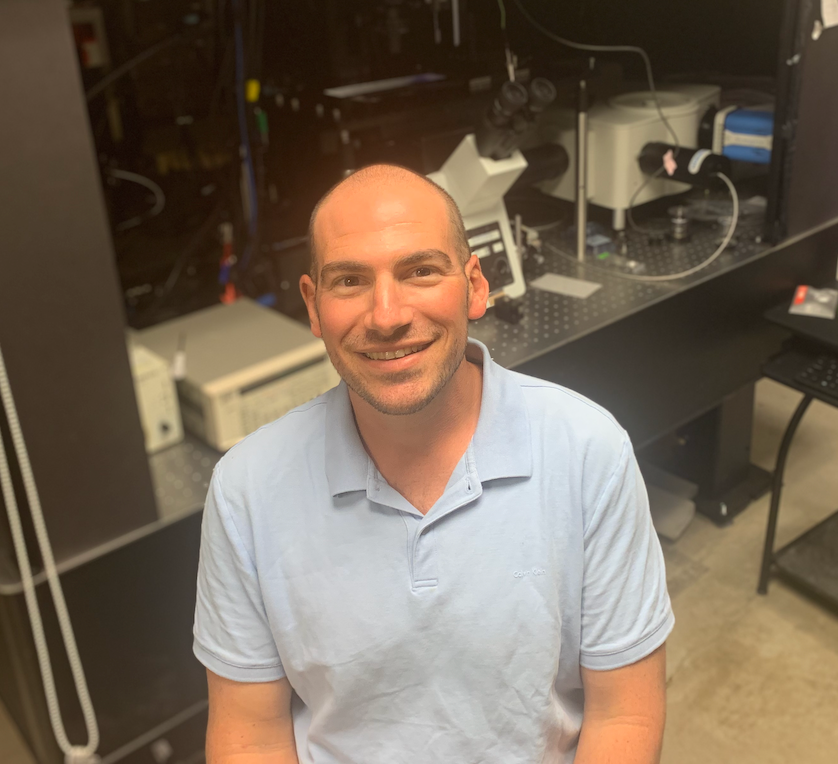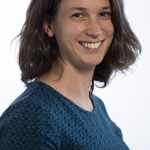About the Seminar:
Energy needs and environmental trends demand a large-scale transition to clean, renewable energy. Nanostructured materials are poised to play an important role in this transition. However, nanomaterials are chemically and structurally heterogeneous in size, shape, and surface structural features. My research group focuses on understanding the correlation between nanoparticle chemistry/structure and functional properties. The first part of my talk will focus on elucidating charge storage mechanisms in nanoscale materials, which underlies the performance of electrochemical technologies such as batteries and smart windows. I will discuss our high-throughput electro-optical imaging method that measures the battery-like and capacitive-like (i.e., pseudocapacitive) charge storage contributions in single metal oxide nanoparticles. I will present our recent single particle-level measurements that show (1) individual particles exhibit different charge storage mechanisms at the same applied potential and (2) particle size-dependent pseudocapacitive charge storage properties. The second part of my talk will focus on solar energy conversion using ultrathin semiconductors such as monolayer-thick (ML) two-dimensional (2D) materials such as MoS2 and WS2. ML semiconductors represent the ultimate miniaturization limit for lightweight and flexible power generation applications. However, the underlying solar energy conversion processes in 2D materials is not entirely understood. We developed a correlated laser reflection and scanning photocurrent microscopy approach to study how layer thickness and surface structural features (edges versus basal planes) influence solar energy conversion efficiency. I will highlight our photocurrent microscopy study that revealed how layer stacking order in heterojunction photoelectrodes influences charge separation, transport, and recombination pathways.
About the Speaker:
Justin earned his B.S. degree in 2006 from the State University of New York (SUNY)-Binghamton. His undergraduate honors thesis work under the direction of Dr. David Doetschmann focused on the degradation mechanisms of chemical warfare agents within zeolite pores. Justin traveled west to graduate school and earned his PhD under the direction of Dr. Bruce A. Parkinson at Colorado State University (CSU). Justin studied the photoelectrochemical energy conversion properties of semiconductor nanocrystals and light absorbing polymers on single crystal electrode surfaces. In 2011, Justin traveled back to NY to join Prof. Peng Chen’s lab at Cornell University. Justin’s NSF ACC-F Postdoctoral Fellow work integrated single molecule imaging methods in the area of photoelectrochemistry. Justin returned to CSU in 2016 as an Assistant Professor of Chemistry and the School of Advanced Materials Discovery (SAMD) and his work has been recognized with the Air Force Young Investigator Award, NSF CAREER Award, and DOE Early Career Award. Justin was also named a Scialog Fellow in Advanced Energy Storage.



